The Wandering Witch Draws Down on Cowboy Bebop

Welcome, all, again. Today we look back on anime’s own gateway drug, Cowboy Bebop. As you have no doubt already heard, Netflix is again taunting the gods of anime by producing a live-action desecration–excuse me, adaptation–of this beloved anime series. And only 2 years after thoroughly mutilating Death Note! Why? Now, don’t get me wrong–I fully appreciate Netflix’s potential contribution to the development and marketing of new anime; Violet Evergarden provides a very positive example. But I, like so many others, strongly dislike their tendency to purchase rights to a series only to then refuse to air it episodically per its scheduled release, instead waiting until the series concludes and then airing it all at once. It’s really difficult to claim the moral high ground against illegal streaming when everybody knows that a series is already out, just essentially being held hostage. And the old “It’s my ball and I’m taking it home” ploy doesn’t always work, anymore–somebody’s eventually going to bring another ball [illegal but accessible streaming], and then what? Moreover, why this driving need to reinterpret and ruin great anime with poor live acting and subpar production? But none of this actually addresses our chosen topic, so let’s get back on track by looking at Cowboy Bebop and finding out what makes it so very iconic.
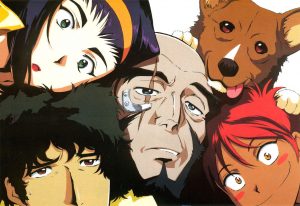
Cowboy Bebop burst onto the television screens of an unsuspecting Japanese public in April, 1998, and was immediately controversial due to its adult themes and casual violence. This was noisy, flashy entertainment with attitude, the anime love-child of a Wagnerian opera and Clint Eastwood spaghetti western, nursed on the milk of edgy modern jazz and dressed to the nines in a noir gangster suit. Simply put, this show scared the h_ll out of a lot of people (mind you, the best art often does)! So much so that only 12 of its 26 episodes were actually shown during its first run. Broadcasters then gave the viewing public about a 3-month respite, after which they started over and ran the complete series. But the show really became a hit once it reached Western audiences; its themes of individualism, isolation and loneliness, and starting over resonated well, particularly in the United States. In fact, it was the first anime aired on Adult Swim (2001).

But what makes this show legend? Everything. Superb, nuanced storytelling. Bold, gritty artwork. Interesting characters treated to attentive exposition and development. And all at an unrelenting, almost fatalistic pace. Let’s begin with the setting: the year is 2071, and humankind has spread across the solar system in the aftermath of a hyperspace gate mishap that left Earth almost uninhabitable. As with any frontier, lawlessness flourishes thanks to sparse habitation of large, open spaces. To combat this threat to life and property, the Inter Solar System Police (known as the ISSP) offer monetary rewards for the capture of wanted criminals by registered bounty hunters (informally called “cowboys”). And since the money’s there for the taking, there will be folks willing to take it. People like Spike and Jet, who work from Jet’s spaceship Bebop. Jet is a former officer with the ISSP, while his partner Spike is a fugitive from an organized crime syndicate for which he formerly worked as a hitman. Both have suffered at the hands of their employers, leaving Jet disillusioned and bitter and Spike lonely and noncommittal. And yet, despite their efforts to push beyond their respective pasts, both remain shackled to their former lives: Jet just can’t shake habit of wanting some sense of justice to prevail in a given situation, while Spike–having lost his lover–cannot ignore a damsel in distress (any damsel, in any manner of distress). Speaking of which, when they take the lovely Faye Valentine on as a new addition to their crew, she comes with several outstanding warrants of her own. The crew is eventually fleshed out with the arrival of Edward and Ein, a computer hacker/programmer/rogue genius and her dog. That’s right, “her.” (Be sure to watch Edward’s big reveal of her gender–utterly endearing!)

And it just might be this collective dissonance that makes the whole thing work. All four of these people (sorry, Ein!) are emotionally scarred, making them hesitant to completely rely upon or trust one another. And while they recognize their similarities, they are convinced enough of their differences to remain four loners who are simply experiencing the intimacy of a shared living space/livelihood–colleagues rather than friends. Often protective of each other, they would probably blame simple tribalism. And we get it: the loose camaraderie; the respectful distancing; the inescapable isolation–a dynamic of fragility and entropy. We viewers might even become Jet as he watches them melt away, one-by-one, and it’s this level of immersion that ultimately provides the show’s power. See you, Space Cowboy.




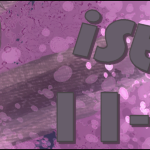
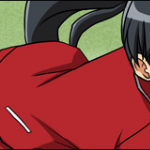
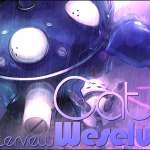



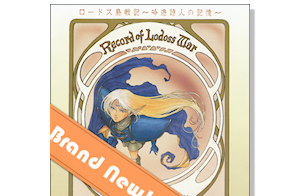





iStalk? uStalk!